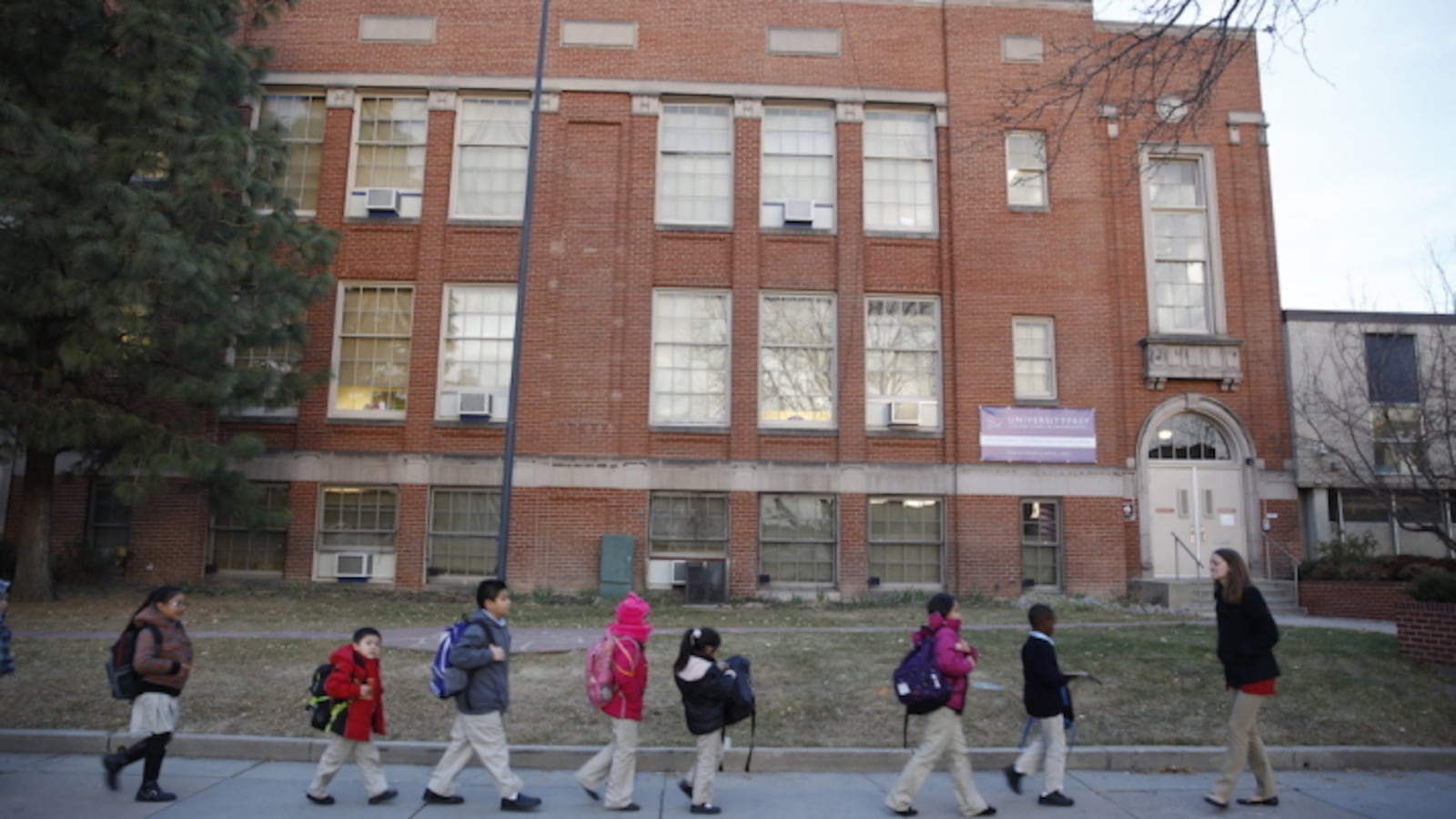It’s not quite Powerball odds, but it’s pretty rare for a school’s demographics to line up perfectly with the city average.
Still, when a reader asked us which schools closely reflect the racial and economic diversity of New York City, amid a spate of headlines addressing the city’s severe school segregation, we were up for the challenge. We analyzed nearly 1,800 district and charter schools to identify the ones that come closest to sharing the racial breakdown of the city’s overall student population.
We found just two schools that came within five percentage points of the city school system’s overall student demographics for Hispanic, black, Asian, and white students during the 2014-15 school year: P.S. 97 in the Bronx and International High School at Prospect Heights in Brooklyn.
For many reasons — including school zones, high school choice, geography and residential patterns — the New York City school system is not set up to evenly distribute students.
In the case of these two schools, one is in an unusually diverse neighborhood, while the other is set up to enroll recent immigrants from all over the world and illustrates the limitations of looking at a school’s racial breakdown to assess school diversity.
First, there’s P.S. 97 in the Pelham Gardens neighborhood of the Bronx.
This District 11 elementary school is zoned, meaning it accepts students who live in the surrounding neighborhood. Its state test proficiency rates (27 percent of students passed English, and 39 percent passed math) surpassed those of the district, but were very close to the city averages.
And the nearly 750-student school also looks pretty similar to the city when it comes to its share of low-income students and students with disabilities.
Then, there’s International High School at Prospect Heights in Brooklyn.
While the school has similar racial demographics to the city school system, Principal Nedda DeCastro said all of the enrolled high school students have been in the United States for four years or less and city data shows that 90 percent of students last year were still learning English.
“It’s a diverse school, but I don’t think it’s representative of the city,” DeCastro said.
Beyond racial diversity, where are the city schools that reflect the city’s economic and academic diversity?
Not including demographic data, five schools come with three percentage points of the city statistics for poverty, English learners, and students with disabilities.
- PROGRESS High School for Professional Careers in Williamsburg, Brooklyn, which has a 68 percent four-year graduation rate.
- Business, Computer Applications & Entrepreneurship High School in Cambria Heights, Queens, which is currently in its last year of being phased out.
- P.S. 58 The School of Heroes in Maspeth, Queens, where about half the students passed the state English and math exams last year.
- I.S. 228 David A. Boody in Gravesend, Brooklyn, which offers dual-language programs in Russian, Chinese, Spanish, and Hebrew.
- Brooklyn Studio Secondary School, which enrolls students in grades six through 12 in Bensonhurst, Brooklyn.

